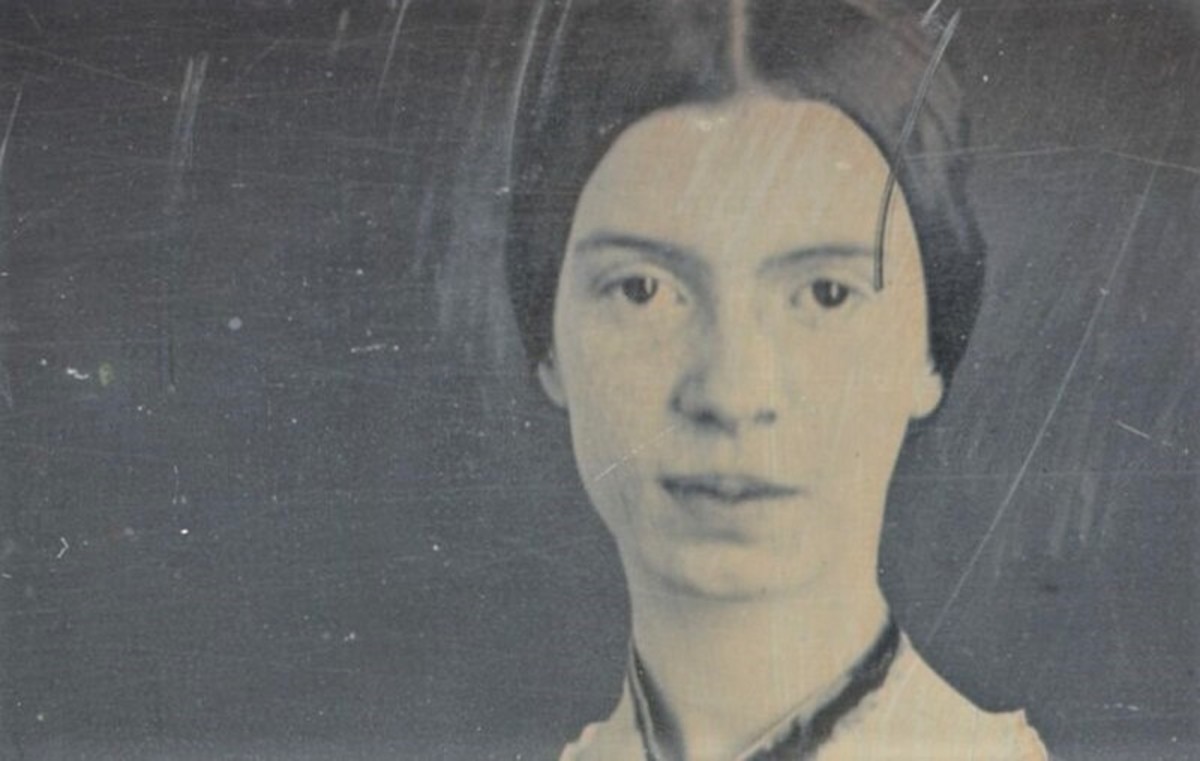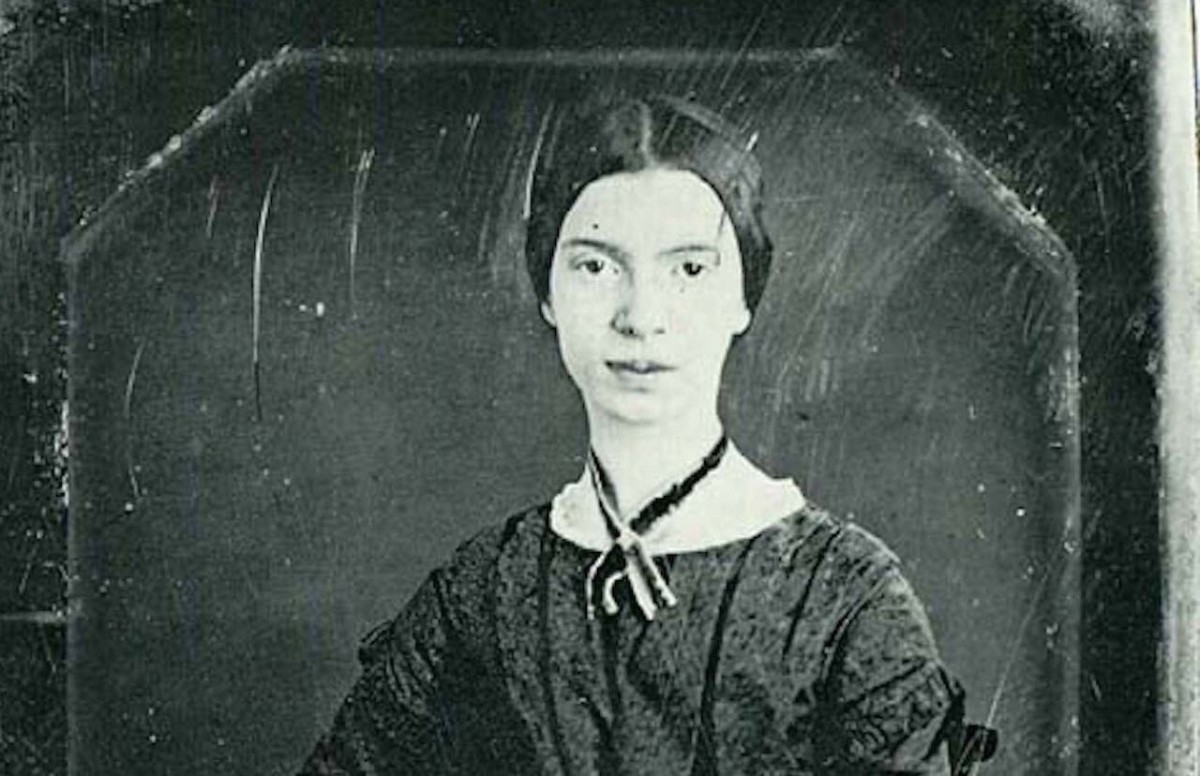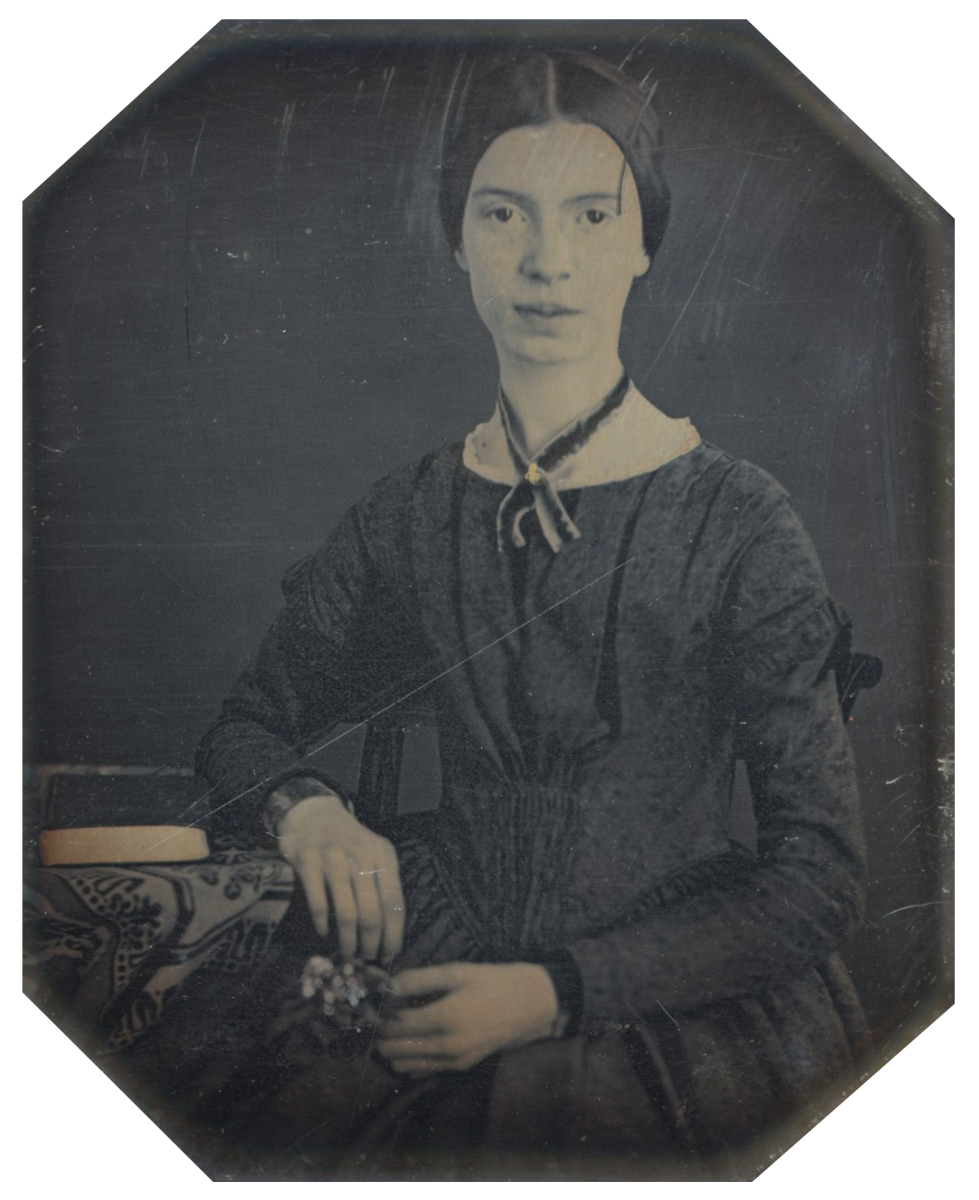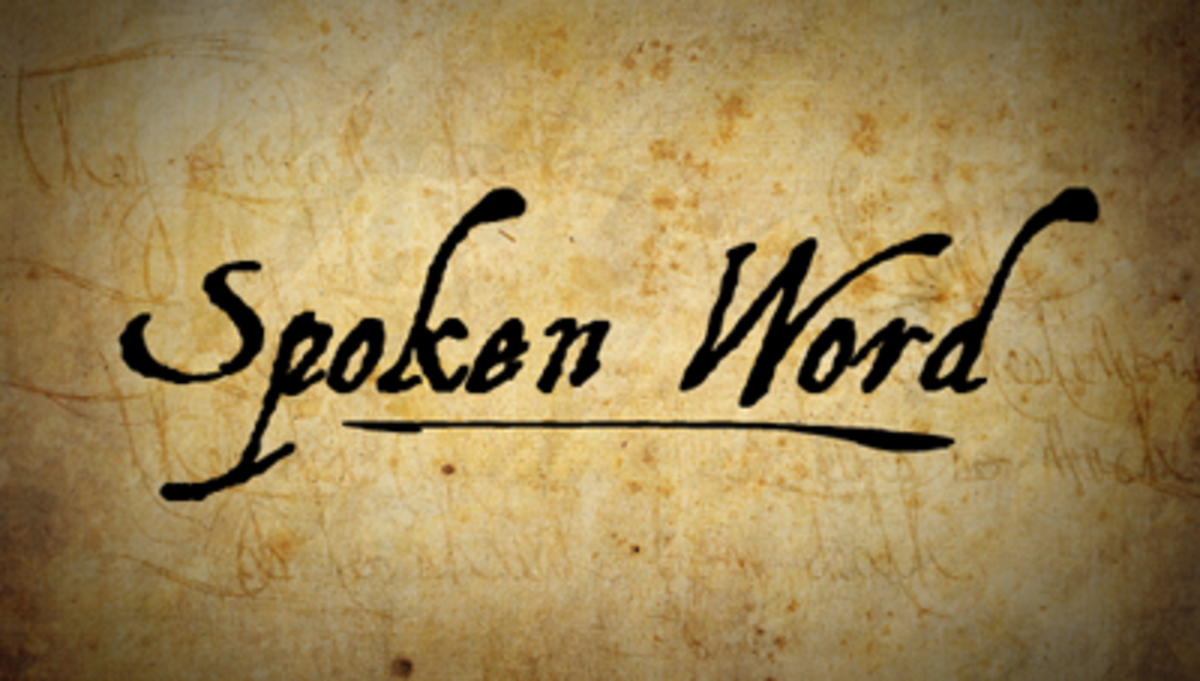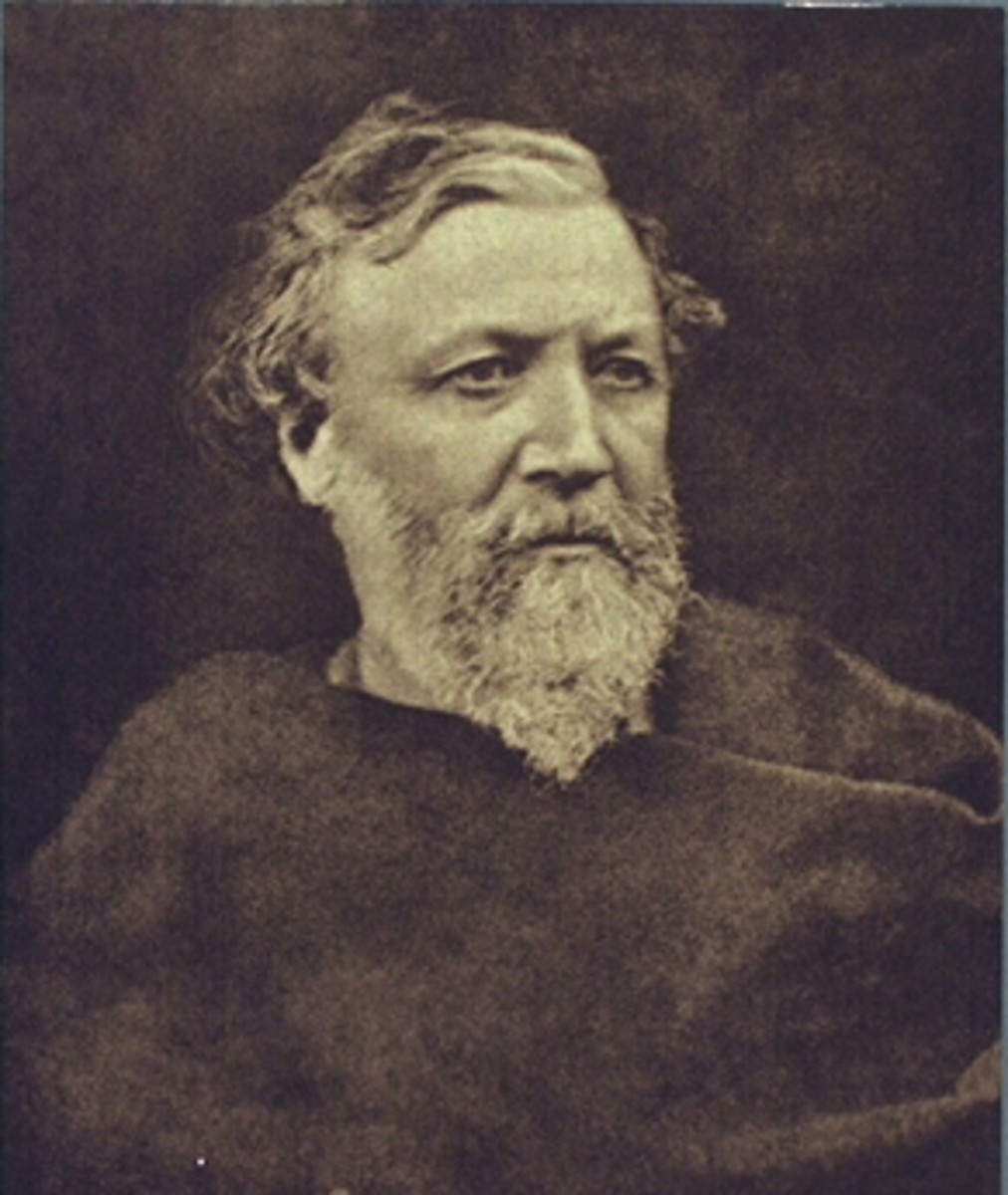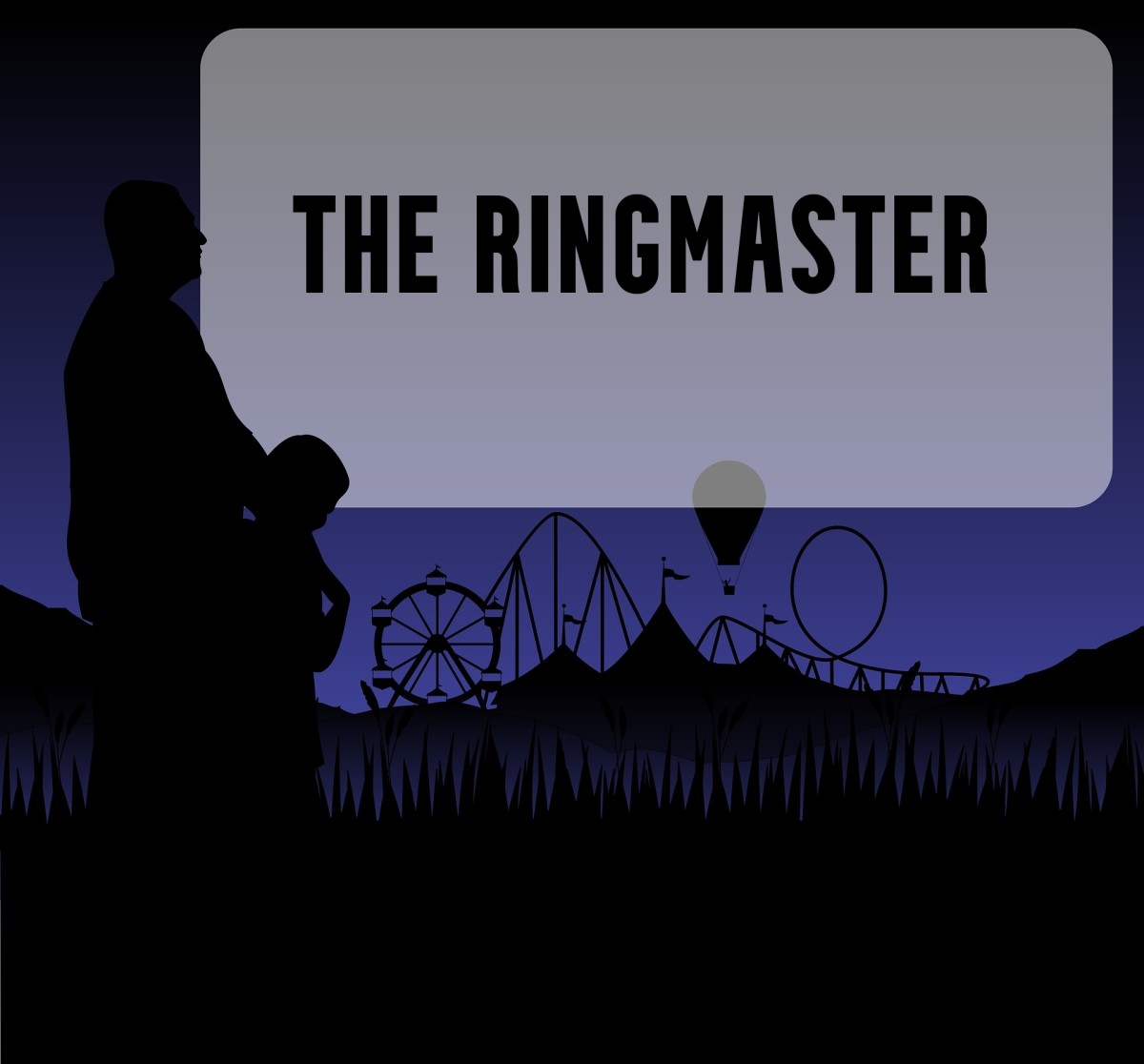Dickinson and The Afterlife
The Bravest Thing We Can Do Is Dare To Be Different
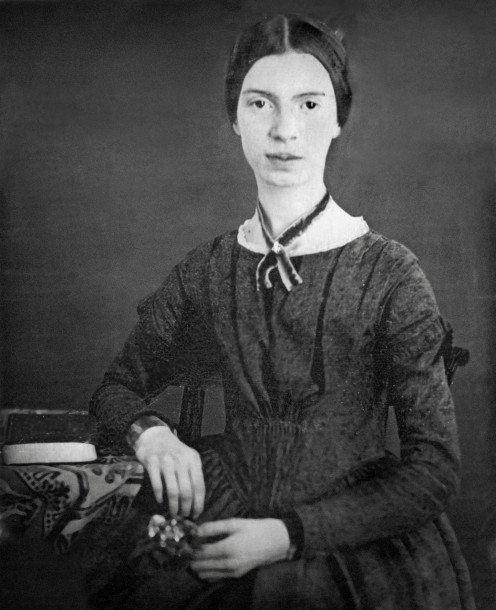
Born on December 10th, 1830 in Amherst, Massachusetts, Dickinson’s life, although appearing to be privileged, was anything but normal. Her struggles with depression and other mental health illnesses caused her to live a withdrawn life. However, her personal anguishes by no means kept her from being involved in society. Dickinson in many ways paved the way for other female poets, as she now may be considered the first notable American female writer. And even though her fame came long after her death, it is her ability to look at life like she was hovering over everyone else that will always make Dickinson one of America’s greatest poets of all time. However, when discussing Dickinson and her poetry, it is difficult to ignore her seemingly slight obsession with death. Did she write so many “death poems” because she was afraid of dying? Or was Dickinson just a curious young woman trying to make sense of the afterlife?
How Well Do You Know Emily Dickinson?
view quiz statisticsUnderstanding Dickinson and her poetry
Believe it or not, Emily Dickinson is not the only person in history to discuss death in her poems (although, she may be the first woman to do so). Poetry, in general, has been used by many individuals for generations to understand death and all that surrounds it. When analyzing “death poems,” one should not focus on what drives a writer to discuss such taboo details, but rather the very words he/she so bravely utters, as some of these poets specialize in writing about the afterlife. Dickinson shaped the view of American culture with her unconventional writing techniques by showing her readers that there was beauty to be found in death, not fear. And unlike other male poets of her time, such as Edgar Allen Poe, that also wrote about such torrid details, Dickinson proved that there was no need to make death gory and bloody. In Emily’s eyes, death didn’t even have to be sad…it was death. To her, it was a fact of life, but intriguing nonetheless.
The Complete Poems of Emily Dickinson Paperback – January 30, 1976
Examples of Dickinson's "death poems"
Over the course of her life, Emily Dickinson wrote a lot of poems about death and the afterlife, but there are three poems in particular that highlight her talent for showing that death is not necessarily something we should fear. The first poem to be looked at is “I heard a Fly buzz-when I died-(591).” There are many ways in which a reader can view this poem (as is the case with most of Dickinson’s poetry). However, when reading her poems, it is important to remember that you should never take anything she writes at face value. Dickinson never wrote an as-is statement. There was always an underlining meaning behind her poems. For instance, she states in this poem: “I heard a Fly buzz- when I died -The Stillness in the Room-Was like the Stillness in the Air -Between the Heaves of Storm“(Dickinson). In this section of this stanza, Dickinson is talking about the moment in which a person dies. She’s describing how everything slowly goes quiet. If the reader looks closer at the way in which she talks about this moment, they will notice no fearful words, but instead the use of calming phrases (i.e. “stillness”) (Dickinson). In addition, this poem is structured in a very specific way. As an individual reads the poem, they can feel themselves almost meditating since they are forced to stop and pause after so many words. It’s almost hypnotic. It’s as if Dickinson wants the reader to sense what it would be like to slowly and calmly pass away.
Because I could not Stop for Death by Emily Dickinson (read by Tom O'Bedlam)
The next poem in which Emily Dickinson shows her ability to ever-so eloquently describe death is “I felt a Funeral, in my Brain, (340).” In this poem, Dickinson talks about one of the normal anxieties that everyone has about death: will anyone notice or even care when you’re gone, and will they be okay. At the beginning of the poem, she states: “I felt a Funeral, in my Brain, And Mourners to and fro Kept treading - treading - till it seemed That Sense was breaking through -And when they all were seated, A Service, like a Drum - Kept beating - beating - till I thought My mind was going numb –“ (Dickinson). This is one of the many out-of-the-body moments that Dickinson has in her poems. She is describing to her readers what is normal. Everyone goes through the motions at a funeral: they get up, they get down, they cry, they laugh, they come, they go. If you were dead and looking at your own funeral, it would probably seem a bit surreal and, yes, “like a drum” (Dickinson). What’s even more interesting about this poem is that Dickinson seems to go through certain phases of denial and acceptance of death (which ironically is normal for any individual). At the end of the poem, Dickinson’s tone shifts from grief and denial to acceptance: “And then a Plank in Reason, broke, And I dropped down, and down -And hit a World, at every plunge, And Finished knowing - then –“ (Dickinson).
"Hope Is The Thing With Feathers" Emily Dickinson poem GREAT METAPHOR about hope!
The last Dickinson poem that highlights her ability to shine beauty upon death is the “Because I could not stop for Death-(479)” poem. This poem discusses how death happens when an individual least expects it. No one ever truly prepares for death, but, when it does happen, there is still something beautiful about what appears to be dark. “We passed the School, where Children strove At Recess – in the Ring –We passed the Fields of Gazing Grain –We passed the Setting Sun –“ (Dickinson). There is this eternal concept that when you die your whole life will flash before your eyes. In the above-mentioned stanza, Dickinson shows her readers that those moments will be breath-taking. Imagine seeing every wonderfully happy and amazing thing you ever saw just one last time before you die…this is what Dickinson is describing as the moment when Death comes for her. She doesn’t tell tall tales of a Grim Reaper or dark moments of anxiety-filled last breaths. Instead, Dickinson writes of a fearless afterlife with days that seem as short as the ones she lived: “Since then – 'tis Centuries – and yet Feels shorter than the Day I first surmised the Horses' Heads Were toward Eternity –“ (Dickinson).
Emily Dickinson’s Poems: As She Preserved Them Annotated edition Edition
In conclusion...
In conclusion, it is undeniable by the examples up above that Dickinson truly did shape the view of American culture with her unconventional writing techniques by showing her readers that there was beauty to be found in death, not fear. And even though there are many ways to interpret her poetry, one cannot overlook her clever choice of words in all her “death poems.” She never used words to fill her readers with fear or darkness, unlike her male counterparts. Dickinson enjoyed writing about death and the afterlife in a way no one ever did. She seemed to enjoy bringing comfort to her readers about the unknown. Maybe in some ways her poems brought a little comfort to her as well.
Emily Dickinson Mug - Emily Dickinson Gifts - 11 Ounce Coffee Cup
Dickinson versus Poe
Do you prefer Emily Dickinson's softer style approach when discussing death to Edgar Allen Poe's fear and anxiety filled word choices?
Works Cited
Dickinson, Emily. “Because I could not stop for Death-(479).” Poetry Foundation. https://www.poetryfoundation.org/poems/47652/because-i-could-not-stop-for-death-479 May 5, 2018
Dickinson, Emily. “I felt a Funeral, in my Brain, (340).” Poetry Foundation. https://www.poetryfoundation.org/poems/45706/i-felt-a-funeral-in-my-brain-340 May 5, 2018





